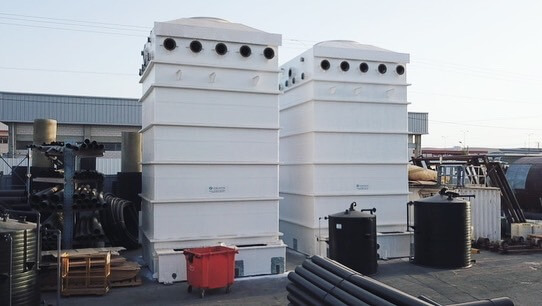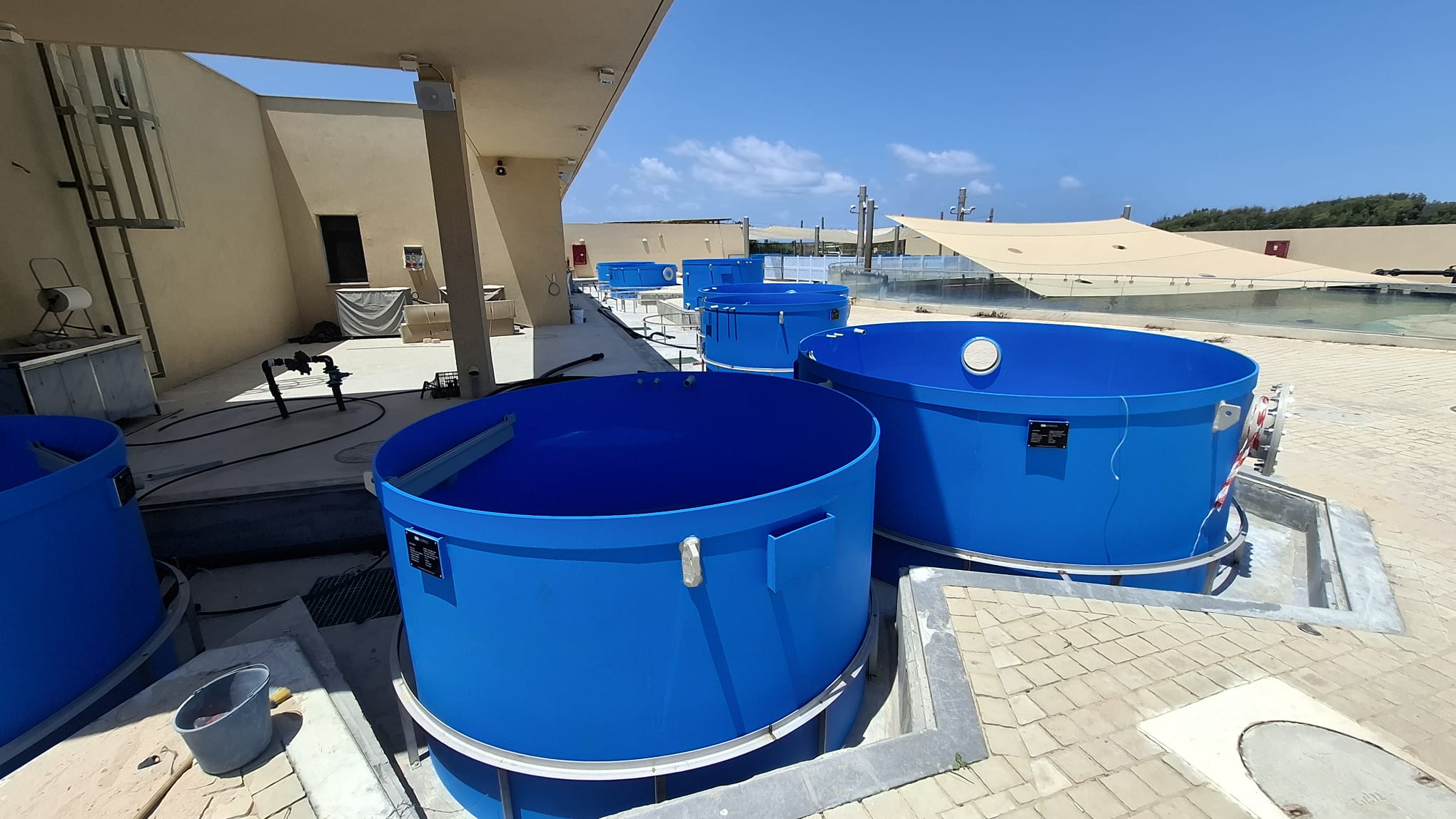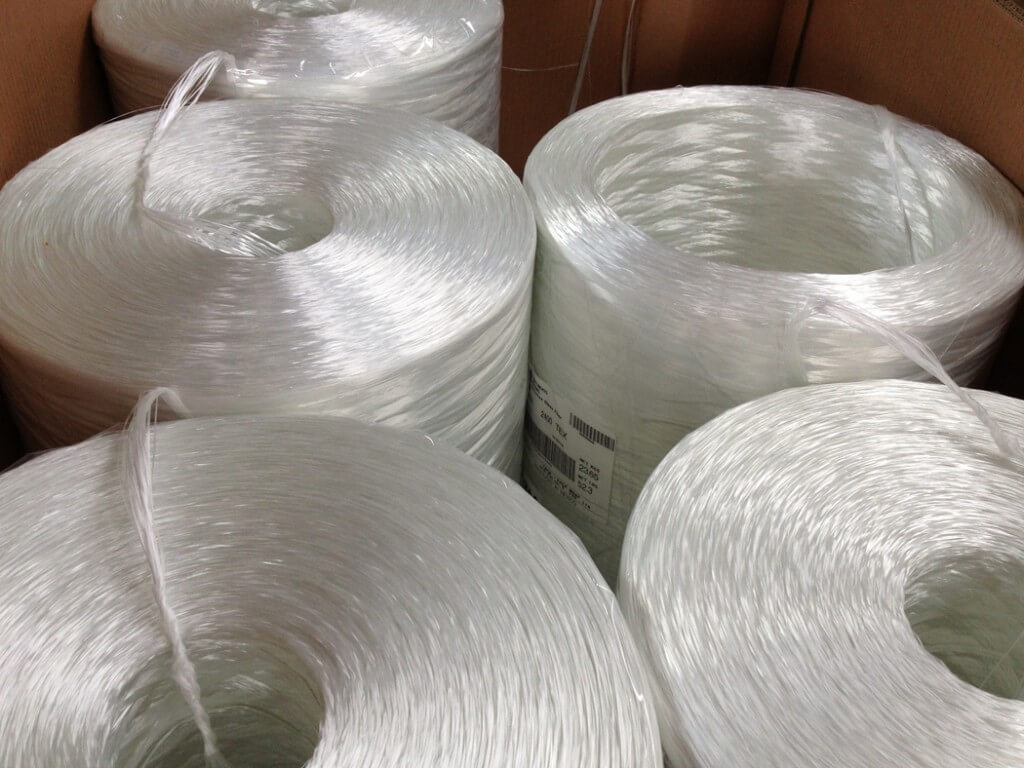Scrubbers are processing facilities designed for treating air pollution, performing chemical separation, and treating materials, as well as handling gases and various types of chemicals. The fundamental design of the unit directs the upward flow of gas through a packed bed, while the scrubbing liquid descends under gravity over the packing. This method is highly effective for gas absorption. Beyond applications in air pollution control, scrubbers can be adapted to meet specific process requirements. The internal components of the scrubber include a packing support plate, a packing bed, a liquid distributor, and a mist remover. The tower can be configured for one-time operation or for liquid circulation, depending on the process conditions.
Efficiency: The packed substrate can be configured in a countercurrent manner to achieve nearly the required high efficiency. Based on laboratory test data and results from field installations, process engineers can choose the type of packaging, scrubbing fluid, and tower size that best suit specific needs. Since these units are custom-designed for each application, optimizing the overall design results in an economical product with the necessary performance.
Type of Packaging: The key to designing and planning scrubbers lies in the type of packaging, as it is responsible for gas absorption. The most suitable packaging for each application is determined based on temperature, pressure, gas concentration, and efficiency requirements. A thorough examination of various alternatives is conducted before selecting the packaging for each application.
Construction Materials: Scrubbers are constructed using various materials such as FRP (fiberglass-reinforced plastic), stainless steel, polypropylene, or polyethylene, depending on process requirements and the materials being processed.
Alternative Designs: Scrubbers are designed and manufactured for optimal performance and yields. Occasionally, space or design limitations may necessitate the use of cross-flow or co-flow. Units for such applications have been designed, and custom units can be developed to meet specific needs.




